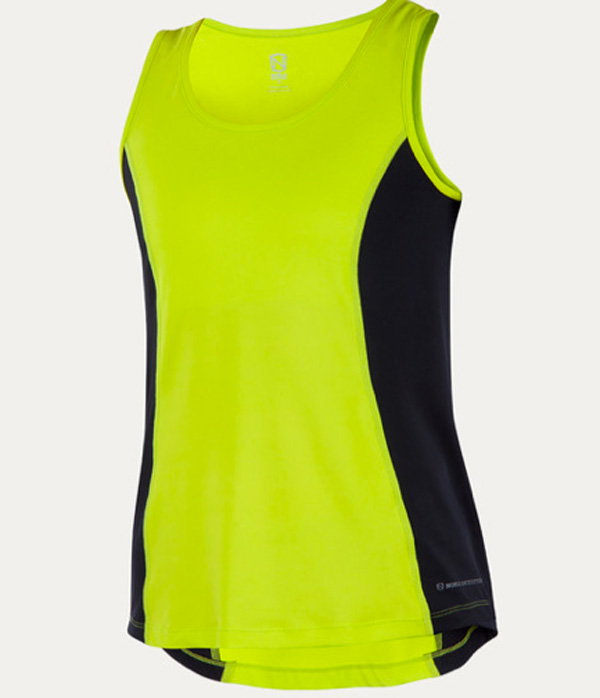Horses have many enemies. Loud motorcycles, excessively tight girths and fireworks are all deadly night terrors your horse hopes to avoid. But no foe presents more of a threat to horses’ health and happiness than the winter weather. When temperatures plummet, your horse needs more energy to stay warm. But that energy is actually much harder to find.
Falling snow will cover your horse’s normal pasture areas, decreasing grazing time by around 24%. This alone decreases most horses’ intake by 22%. Your horse will naturally paw through the snow in hopes of finding grass, greatly increasing the amount of energy they expend. On top of that, horses always lose more body heat and burn more energy to stay warm during windy or cold periods. In order to provide more energy to your horse, they require more feed. The real trick is knowing how much to give them.
Calculating How Much Additional Forage Your Horse Needs
The first step is deciphering how cold the temperature can get before you’ll need to start providing your horse with additional forage. This is called the “Lower Critical Temperature (LCT).” Here’s a basic chart for determining your horse’s LCT.
- Mature Horses (LCT) = 5 to 41° F
Thin coat 41° F
Thick coat 5° F - Young Horses (LCT) = 12 to 32° F
For example, let’s say you have a mature horse with a thin coat. Looking at the chart, their LCT would be 41° F. This means that once the temperature falls to 40° F, you’ll need to start providing your horse with more forage. However, if your mature horse has a thick coat, you shouldn’t need to increase their feed amount until the temperature drops below 5° F.
The amount of additional feed you’ll need to give your horse is based on the outside temperature compared to your horse’s LCT. An average 1,000-pound horse requires 15Mcal (15 pounds) of feed per day for maintenance under normal conditions. On top of that amount, for every degree the outside temperature is lower than your horse’s LCT, you’ll need to provide additional forage. Here’s a chart to calculate how much extra feed your four-legged friend will need.
Estimated Feed Energy Increase at Different Magnitudes of Cold Below the Lower Critical Temperature of Mature Horses

For example, let’s say you have a mature horse with a thin coat (which has an LCT of 41° F) and it’s 20° F outside. The difference between your horse’s LCT and the outside temperature is 20° F. By looking at the above chart, we can see that your horse will require and extra 4 pounds of forage per day.
Low temperatures aren’t the only thing that can affect how cold your horse gets. Wind and rain can also play a drastic role in how much forage your four-legged friend needs.
Effect of Win and Rain on Digestible Energy Requirement for a 1,000-pound Horse at Maintenance

The above table is also on a 1,000-pound horse eating at least 1.5% of its body weight in hay to maintain body condition and health (at least 15 pounds of hay per day).
You’ll notice that at freezing temperatures with wind and rain, it’s possible your horse might require around 25 to 29 pounds of feed per day (nearly double what they require during normal conditions).
The problem is that your horse can only eat so much food. This is why it’s important to feed your horse quality forage during winter. Lower-quality forage often has even less than 1 Mcal per pound, meaning your horse will have to eat even more than the suggested amounts to get the energy it needs.
Our experts recommend Standlee’s Alfalfa pellets or cubes. Not only do these products supply your horse with the energy they need, they will also help to supply the fiber required. Get more information about each of these products and where to find them from a retailer near you using the links below:


